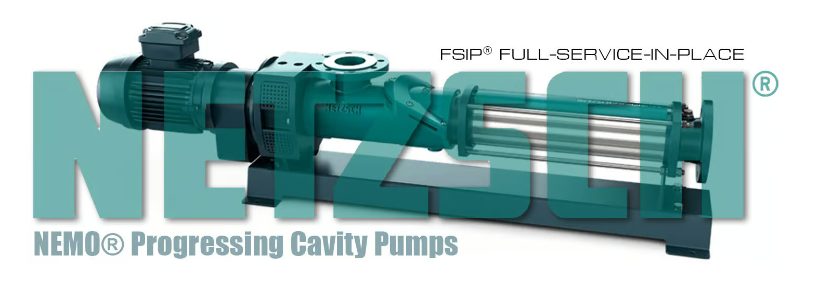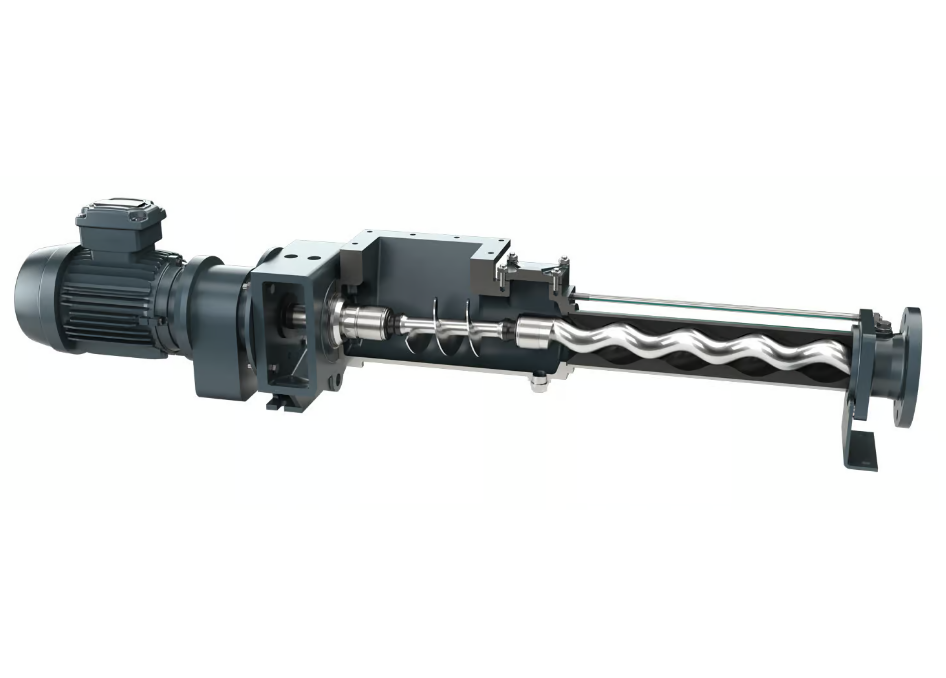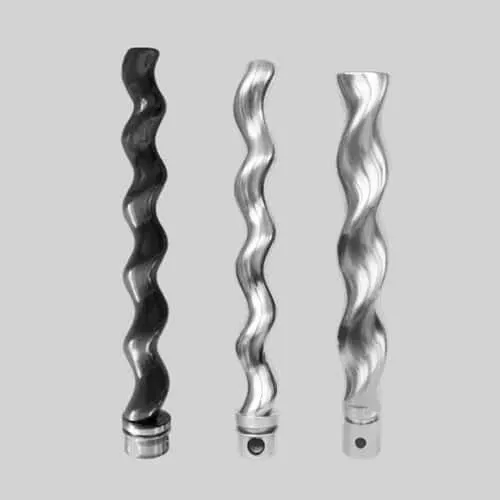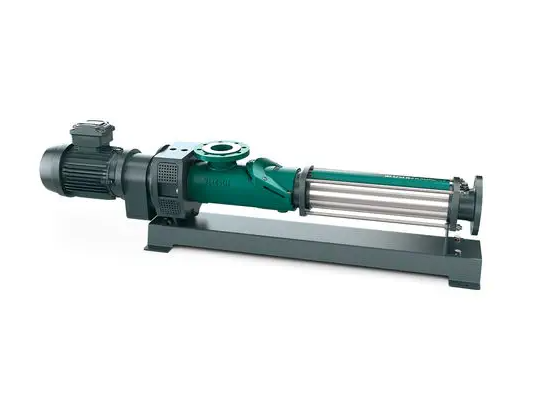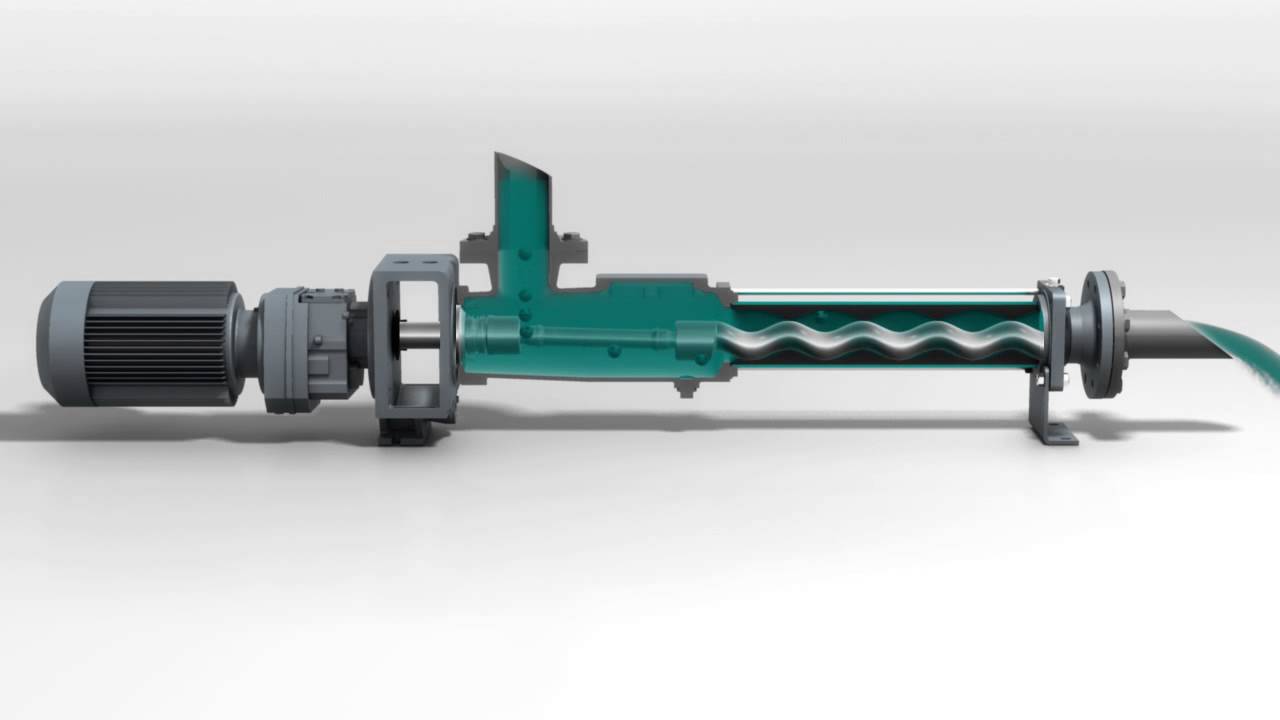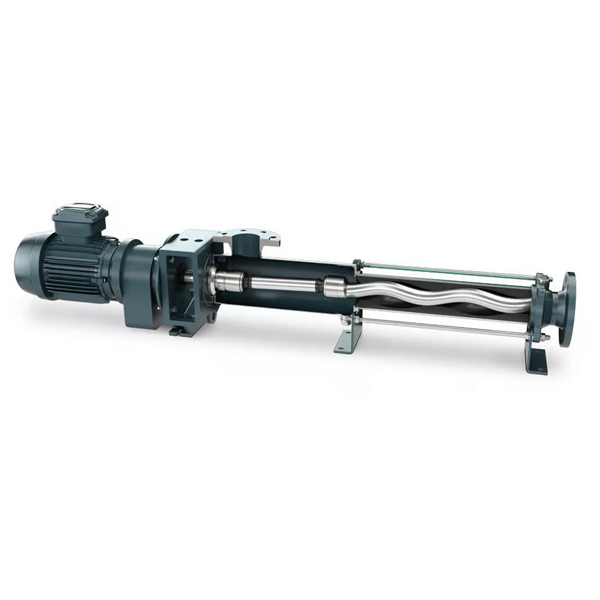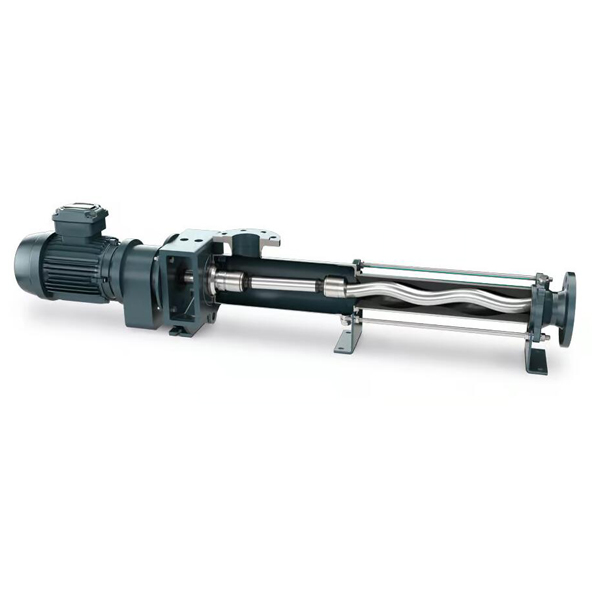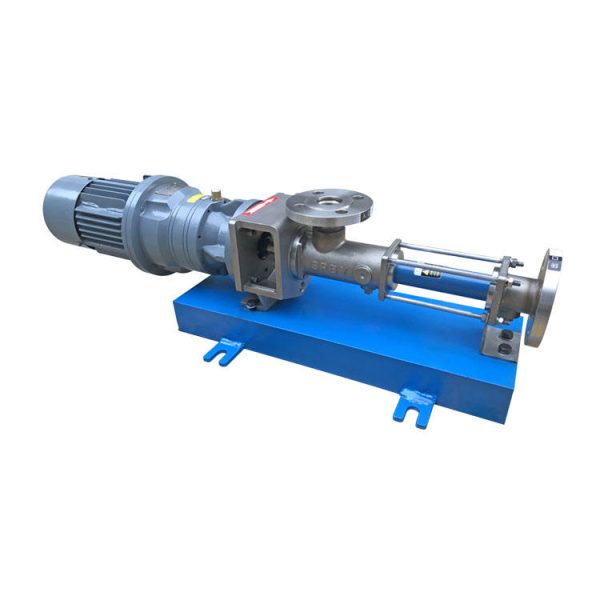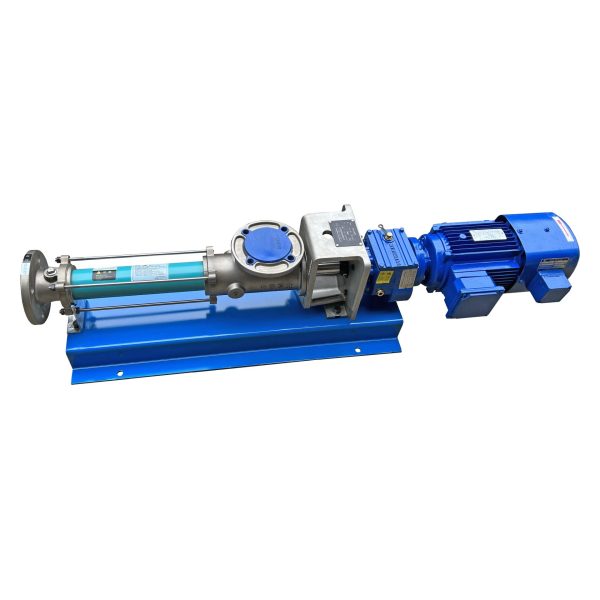nemo pump
NEMO Pumps are a type of progressing cavity pump manufactured by NETZSCH. They are designed to transport a wide variety of fluids, especially those that are viscous, non-Newtonian, or sensitive to shear. Known for their reliability and efficiency, these pumps are widely used across various industries.
1. Key Features of NEMO Pumps
-
- Progressing Cavity Design:
-
- Utilizes a helical rotor that rotates within a stator, creating a series of cavities to move the fluid.
-
- Low Shear:
-
- Minimizes shear forces, suitable for delicate materials like food products and pharmaceuticals.
-
- Self-Priming:
-
- Capable of self-priming, allowing for easy startup without needing to fill the pump with fluid first.
-
- Robust Construction:
-
- Made from durable materials that withstand harsh operating conditions.

2. Applications of NEMO Pumps
-
- Food & Beverage:
-
- Ideal for transferring viscous products such as sauces, creams, and purees.
-
- Chemical Processing:
-
- Suitable for handling aggressive or abrasive chemicals across various applications.
-
- Wastewater Treatment:
-
- Effective for pumping sludge and other viscous materials in wastewater management.
-
- Biotechnology & Pharmaceuticals:
-
- Used in applications requiring precise dosing and handling of sensitive fluids.
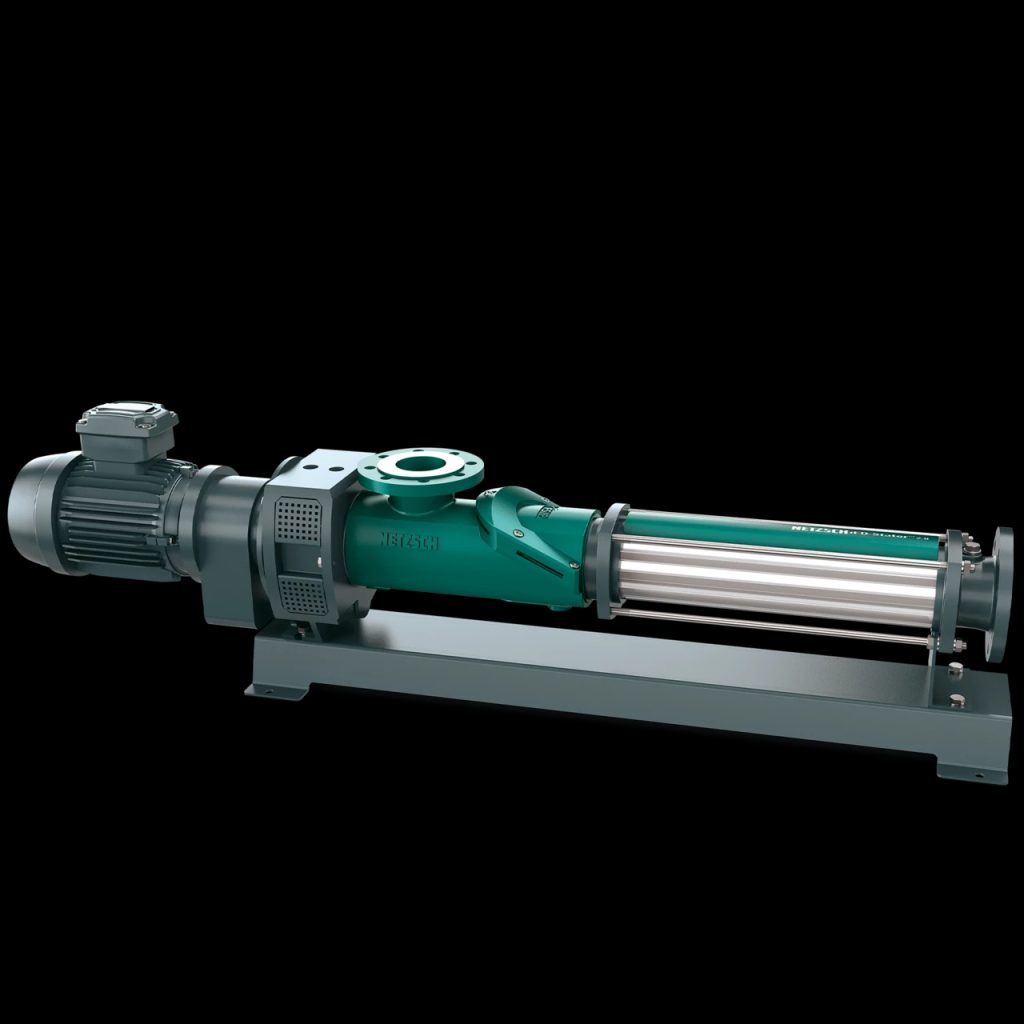
3. Advantages of NEMO Pumps
-
- High Efficiency:
-
- Provides a consistent flow rate with minimal pulsation, enhancing operational efficiency.
-
- Versatility:
-
- Capable of handling a wide range of fluids, including those that are thick, abrasive, or corrosive.
-
- Easy Maintenance:
-
- Designed for straightforward maintenance, reducing downtime and operational costs.
-
- Customizable Options:
-
- Available in various configurations to suit specific application needs.
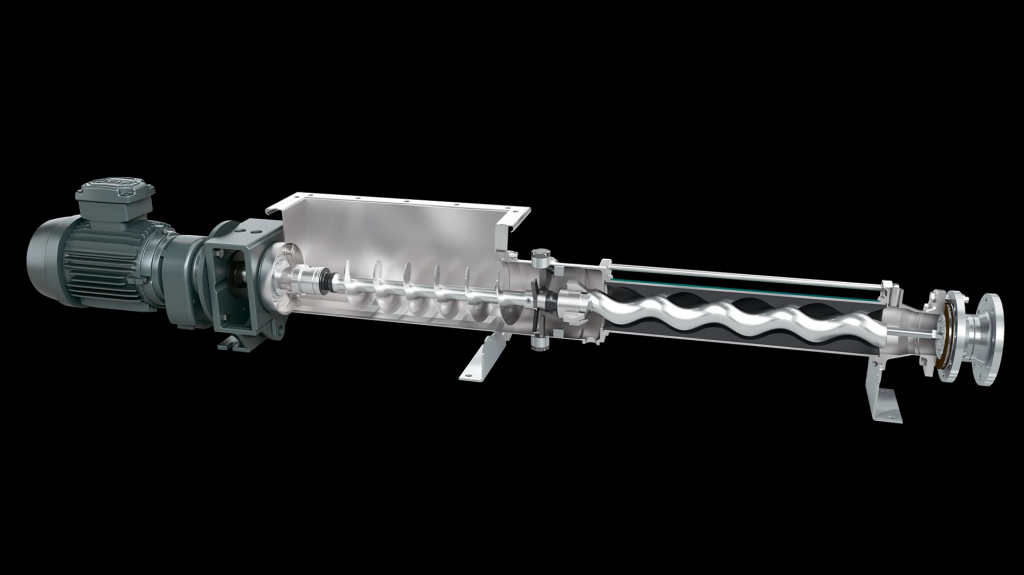
4. Considerations When Selecting NEMO Pumps
-
- Fluid Characteristics:
-
- Evaluate the viscosity, temperature, and chemical properties of the fluid for compatibility.
-
- Flow Rate Requirements:
-
- Determine the necessary flow rate to select the correct pump size and model.
-
- Installation Environment:
-
- Consider the conditions where the pump will be installed, including temperature variations and space constraints.

